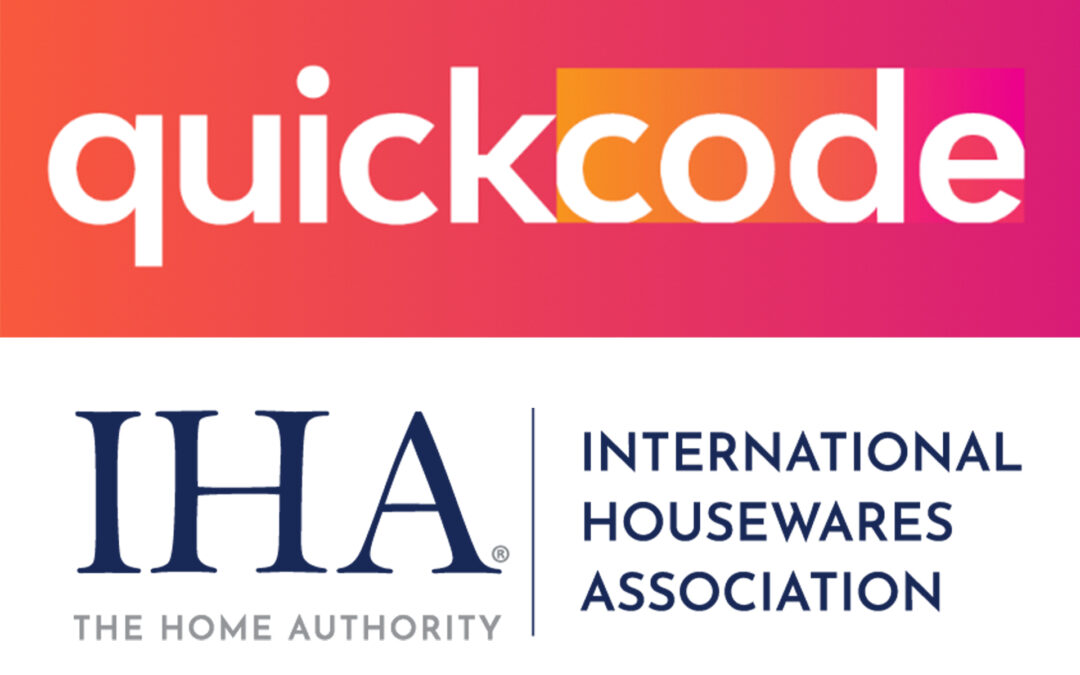Wayfair, which came up short of Wall Street second-quarter estimates despite strong adjusted earnings gains, pointed to positive prospects from an expected turnaround in home furnishings spending.
Net loss was $42 million, or 34 cents per diluted share, versus a net loss of $46 million, or 41 cents per diluted share, in the year-earlier quarter. Adjusted for one-time charges, Wayfair posted net earnings of $69 million, or 47 cents per diluted share, versus $24 million, or 21 cents per diluted share, in the year-prior period.
Wayfair missed an Yahoo Finance-published analyst consensus estimate of 49 cents per adjusted diluted share as well as a revenue estimate of $3.18 billion
Net revenue was $3.12 billion versus $3.17 billion in the year-earlier quarter, the company reported. Loss from operations was $35 million versus a loss from operations of $142 million in the year-prior quarter.
Niraj Shah, CEO, Wayfair’s co-founder and co-chairman, said in a conference call that while Wayfair is taking market share, in part by adjusting pricing to address customer caution regarding finances, spending on the home remains significantly depressed after peaking in 2021. The “peak-to-trough” spending pattern mirrors what Wayfair saw in the period around the Great Recession, Shah said.
Wayfair noted home furnishings spending was stifled by lower activity in the housing market, higher-than-typical spending in the sector during 2020 and 2021, a resulting distortion of the product replacement cycle and a slowing economy in the United States. Wayfair analysis suggests consumers are actually underspending on home-related categories versus historical patterns even without the effects of the COVID-19 pandemic. Recent shopping patterns suggest that consumers continue to be especially wary in their spending, the company noted.
Shah added, “Wayday was a tremendous success with performance up in the double digit versus our event last spring. We saw notable engagement throughout all three days with broad-based strength across the catalog. The Wayday results are consistent with the pattern we’ve observed now for over a year where promotions continue to drive customer engagement but, correspondingly, we see shoppers pulling back in the non-promo periods. The performance spread between promo and non promo remains wide, and our post-Wayday results came in below expectations. This was in part due to the increasing price elasticity we’ve been seeing in our customers as well as a decision to intentionally pare back on marketing trend following Wayday to remain disciplined on efficiently in periods where customer engagement is lighter.”
To position itself for anticipated improving prospects, Wayfair launched a brand refresh earlier this year, opened its first large-format namesake brick-and-mortar store (pictured above) in Wilmette, IL, near Chicago and plans to rollout a new loyalty program later this year. In addition, in 2025, Wayfair plans to debut a physical location for its Perigold banner, a concept targeting luxury consumers and interior designers.
In announcing the second quarter results, Shah said, “Q2 was a dynamic quarter that resulted in another period of share gain, amid continued macro headwinds that are pressuring the ways customers are shopping the category. Customers remain cautious in their spending on the home, and our credit card data suggests that the category correction now mirrors the magnitude of the peak-to-trough decline the home furnishing space experienced during the great financial crisis. Every action we’ve taken, every goal we’ve prioritized, and every dollar we’ve spent has been considered under the intense scrutiny of our high expectations for return-on-investment. Even with the challenging macro, this was our best quarter of adjusted EBITDA and free cash flow generation in three years, clear evidence of our strict operating discipline. We are running the business with the goal of demonstrating substantial growth in profitability this year, even as the top line remains challenging. And that will be our mindset every year going forward as well.”





